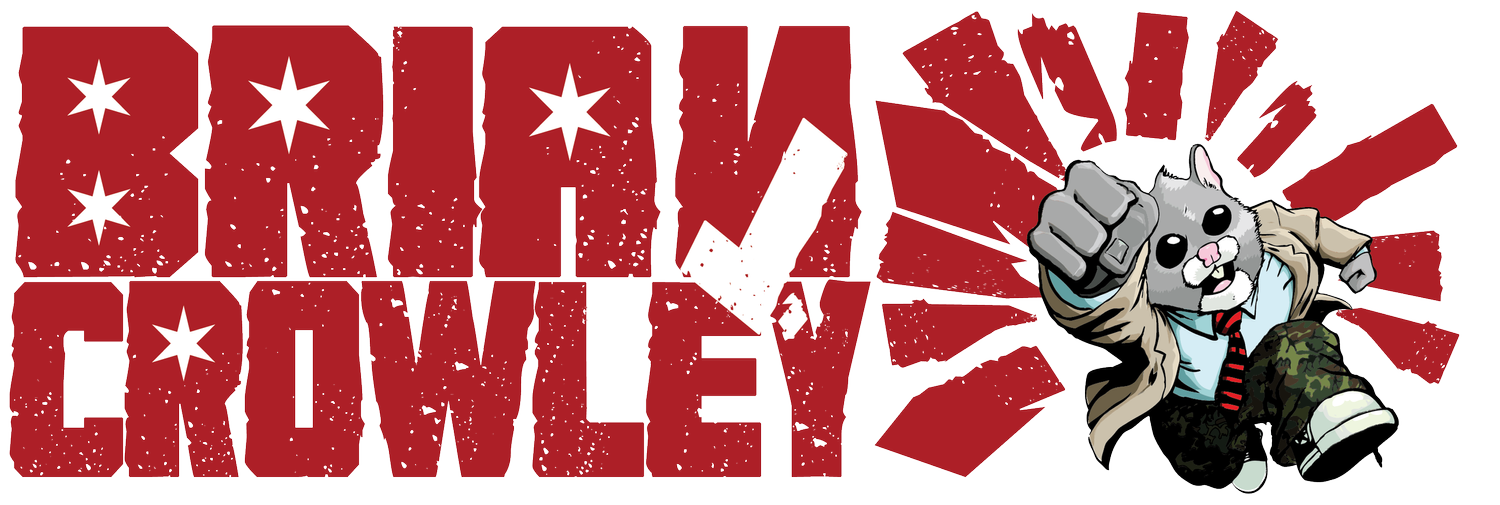Designing an Intuitive Analytics Platform for Global Library and Publisher Stakeholders
Situation
An international technology services provider in the library and publishing ecosystem was launching a new suite of analytics tools aimed at helping publishers and library administrators understand usage, value, and ROI of their content. Existing analytics platforms were dense, unintuitive, and required data science skills—alienating the very people who needed the insights most: sales teams, marketing leads, and librarians.
Task
Design a flexible, accessible, and insight-driven analytics platform that surfaces meaningful data in a human-centered way. The goal was to support storytelling over raw metrics—empowering users to make sense of content access patterns, global readership, and funding opportunities.
Action
User Research & Alignment I led interviews with key user types, including publisher clients, sales representatives, librarians, and marketing leads. These sessions uncovered critical gaps—users often couldn't understand what a spike in downloads meant, or how to tie content performance back to organizations or funding sources.
Low-Fidelity Concept Testing Based on the interviews, I rapidly sketched and tested low-fidelity prototypes exploring interface models that allowed filtering by country, subject, organization, and access type. The goal was to demystify data without requiring a background in Tableau or Excel.
Synthesis & Journey Mapping I mapped user goals and journey flows, surfacing common moments of friction. These were captured in a visual framework and aligned with product and engineering to prioritize functionality. We used Slack and Asana for asynchronous communication and task tracking.
High-Fidelity Prototyping Using Figma, I created a robust, high-fidelity prototype that included interactive filters, contextual visualizations (bar, map, bubble, and Pareto charts), and narrative-driven insights. The system allowed non-technical users to answer questions like:
"Which organizations access my open content the most?"
"Where are the denials (failed access attempts) happening?"
"How can I demonstrate value to cooperative funders?"
Cross-Functional Build with Real Data I worked with a lean, globally distributed team—including engineers, product managers, and analysts—to connect the prototype to real data sources. This allowed us to validate the design against real-world complexity and test live data performance in context.
Result
The new analytics platform successfully demystified complex usage patterns, offering rich visualizations and contextual storytelling tools. Feedback from user testing confirmed increased clarity, reduced reliance on support staff, and greater confidence in using the data for sales and strategic reporting.
The team moved from concept to usable, real-data prototype in under eight weeks—thanks to a lean, iterative process and strong alignment between design and engineering. Throughout the entire process, we communicated continuously and kept our engineering partners in the loop, sharing research and bringing them into the discovery process.
The approach set a new design standard for future analytics tools within the organization, emphasizing clarity, accessibility, and flexibility for all user types—not just data experts.
